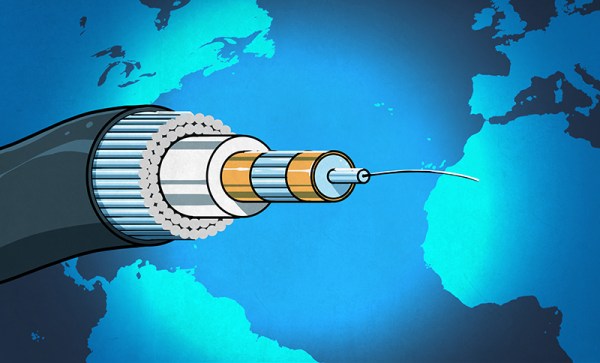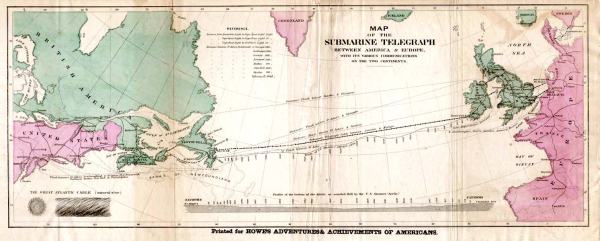We heard a story that after the recent hurricane, a man noted that while the house was sweltering hot because the power was still out, his kids were more anxious for the internet to come back online. The Internet is practically a basic necessity for most people, but as you may have noticed with the recent CrowdStrike debacle, the Internet isn’t always reliable. Granted, the problem in that case wasn’t the Internet per se, but a problem with many critical hosts that provide services. [Thomas Germain] from the BBC took the opportunity to recall some of the more bizarre reasons we’ve had massive Internet outages in the past.
While teens after a hurricane might miss social media, global outages can be serious business. With 8.5 million computers dead, 911 services went down, medical surgeries were canceled, and — of course — around 46,000 flights were canceled in a single day. We have short memories for these outages, but as [Thomas] points out, this was far from the first massive outage, and many of them have very strange backstories.














